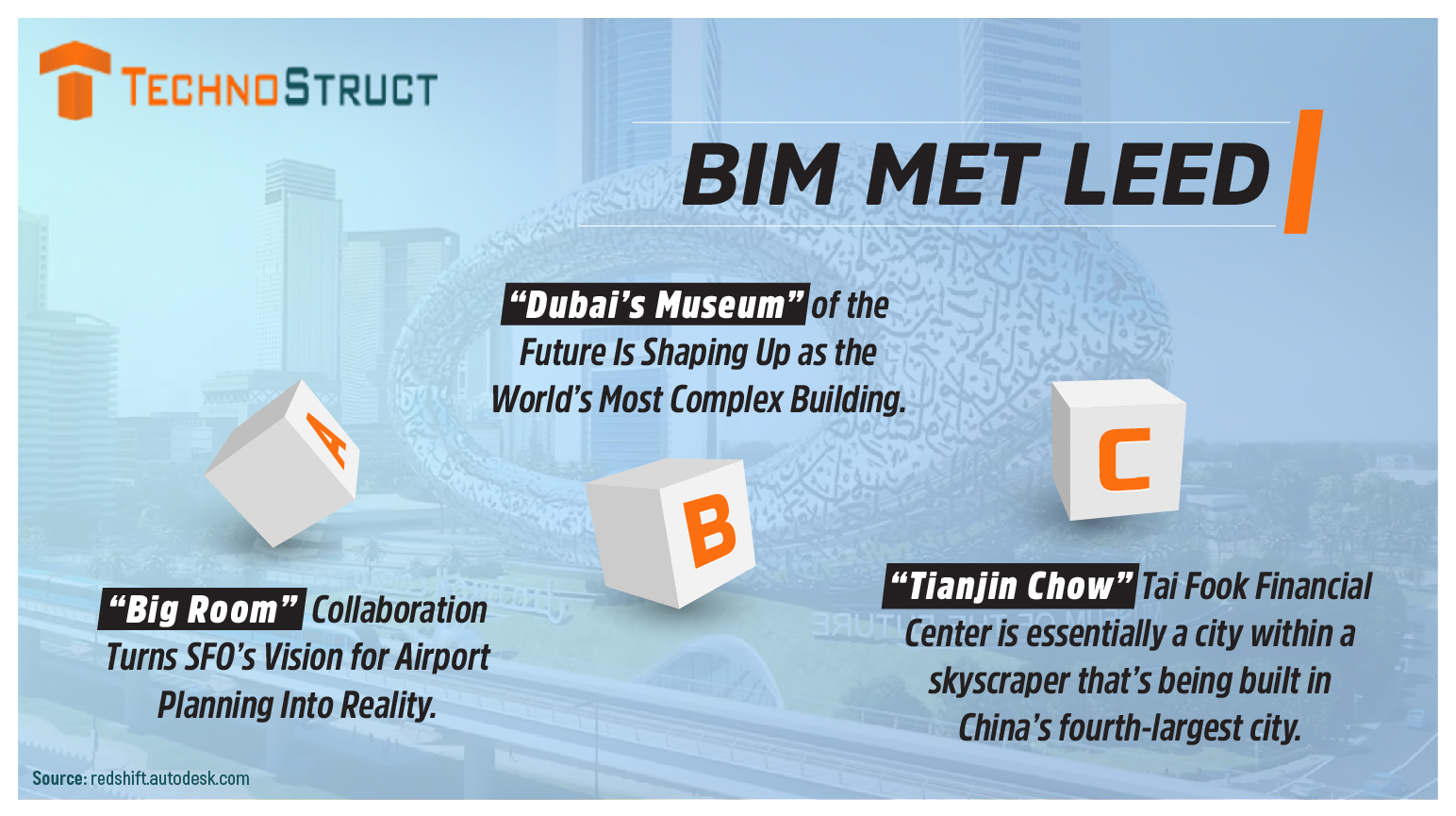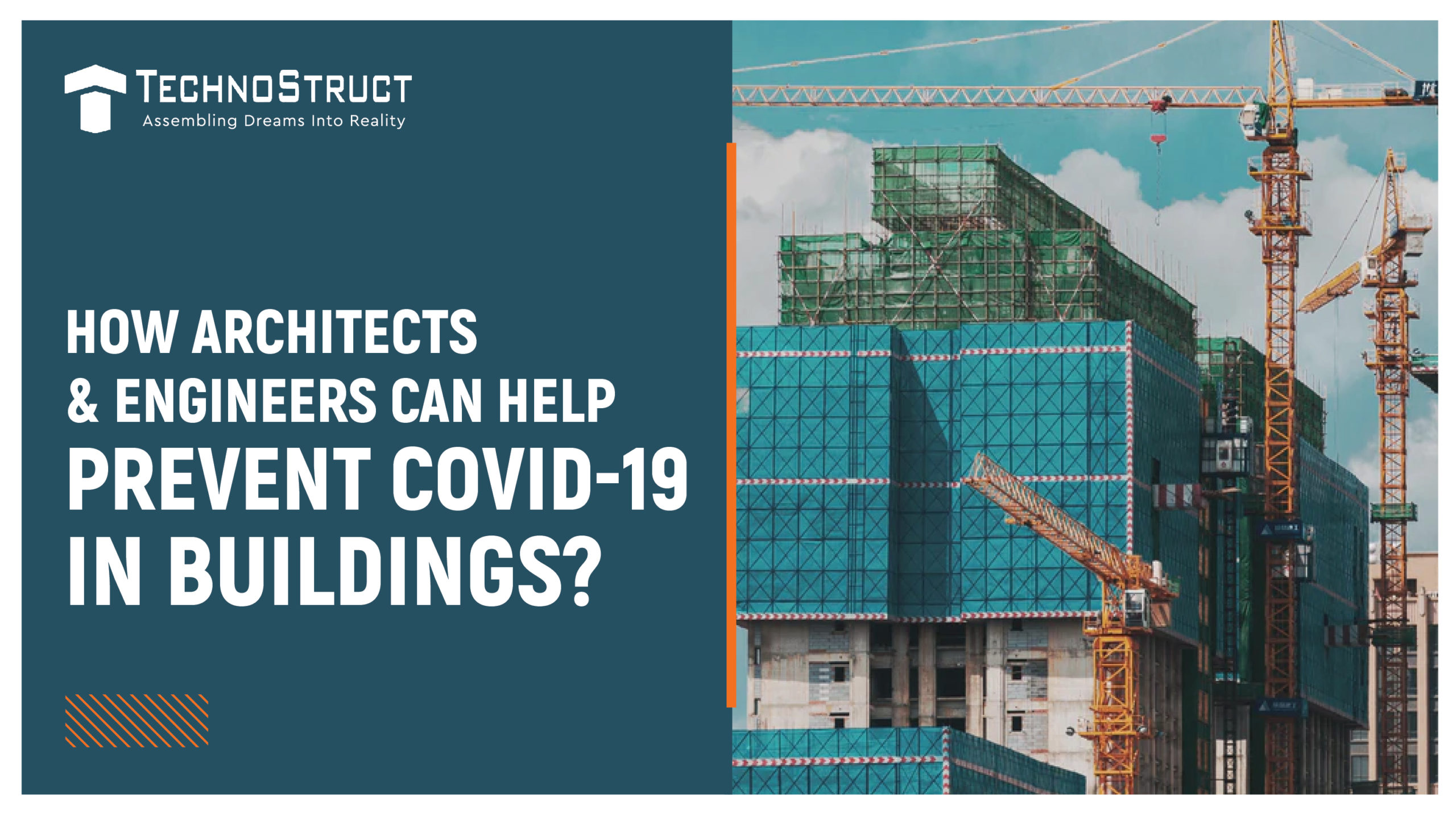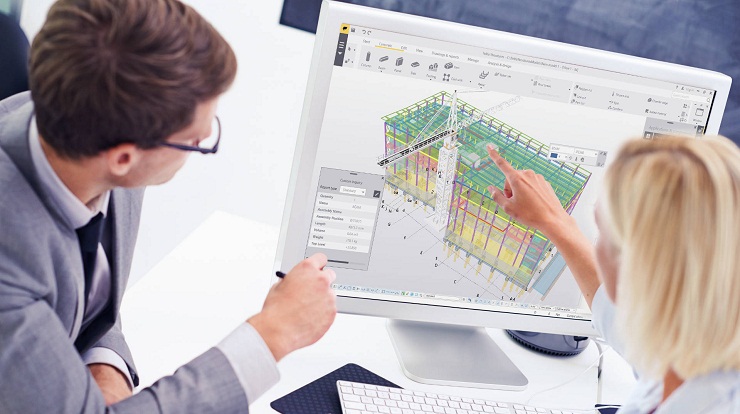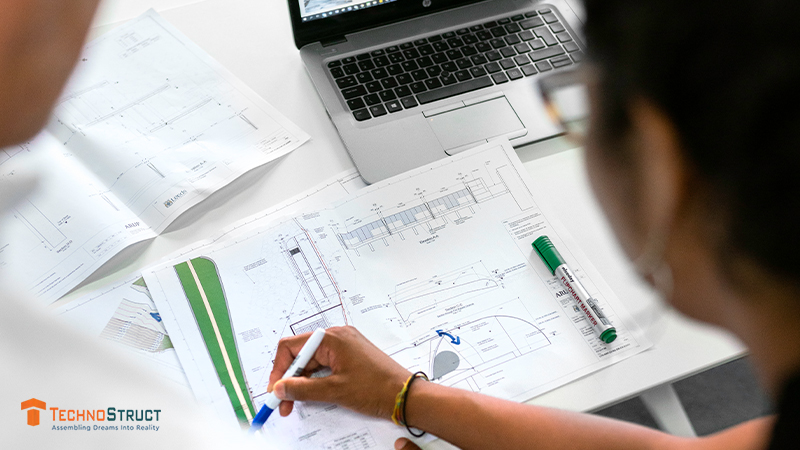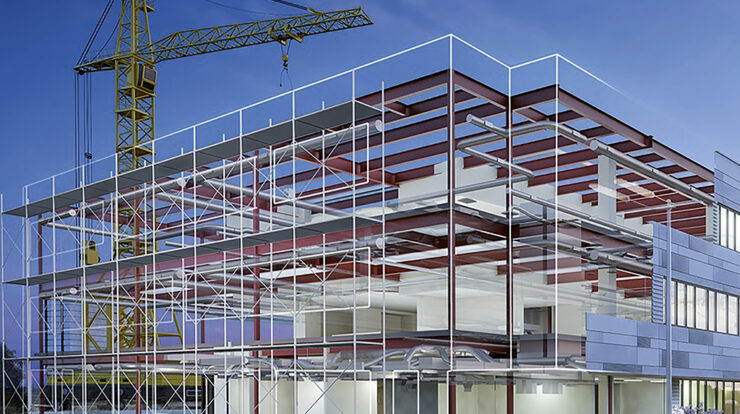
BIM (Building Information Modeling) started to transform the construction industry way long back in time. However, innovation has been a trend in the spectrum of technology. Therefore, BIM has moved from 2D to 5D. 5D BIM technology has moved one step further to add more value to the productivity of a construction project cycle.
The 5D BIM technology adds the aspect of cost along with other facets. In simple words, it is another dimension, added to the physical and functional aspects, of a project lifecycle. The already existing technology had the elements of time management along with the information sharing components (CDE). The added feature of costs to the current model has taken the technology to the next level.
Employing 5D BIM in the Construction Industry
To understand how 5D BIM is creating an impact in the industry, one has to understand the way it is being employed. Its uses are going to throw light on the way it is beneficial in the industry of construction.
- 5D enhances collaboration by giving more room for an increased number of participants.
- As collaboration is enhanced, it reduces the waiting time for the other participants for receiving inputs.
- With faster processing of the automatically generated quantities, an estimator can reach out for improved ways to offer better design, costs, and performance.
Some experts have said that the 5D dimension of BIM are benefitting project managers the most. As taking out measurements from a set of drawings is not as feasible as it should be, the 3D modeling along with the cost factor has led to better decision-making by the project owners. Such addition to the BIM technology helps with the successful start of a project adhering to the budget.
To cut the long story short, 5D BIM is about a more efficient process of a construction project. It would help in-
- Going beyond the 3D modeling with an add-on aspect of costs.
- Approaching a better start with better decision-making.
- Including the tools that are going to enhance the delivery of outputs along with executing collaborative culture.
- Furthering the scope of information in a project cycle.
- Adds on to the features of 3D i.e. parametric designs, 4D i.e. scheduling of resources and quantities, and time, which is the feature of 5D.
BIM 5D helps in Project Management
Dynamic updates for cost-related information are the most helpful aspect in terms of project management. 5D does not solely rely on providing an estimate of the budget at the start of a project. It, rather, provides dynamic updates regarding the costs as the project moves forward.
As BIM supports a CDE setup, the collaborating participants can access this cost-related data in real time. The feature becomes an aid to project managers in keeping an eye on the budget. Monitoring the budgetary changes, thus, becomes easy for the project managers. Along with that, cost analysis allows better resource management. The new technology helps in bridging the gap between the workflow at the office and the construction site. Therefore, the collaborators would be able to make fact-based decisions.
BIM 5D for Cost Management
The allotted budget for a project may escalate whenever there is a change made to the existing plan of action. Here 5D BIM comes as a revolution. Since there is a budget set at the start, a change is reflected on the same whenever alterations are made to the designs.
This directly communicates the message to the person in command or cost managers. They, therefore, have a stronger grasp of the budget of a project. When the cost managers will check the changes in the budget, they can get in touch with the project coordinators. They are free to seek an explanation regarding the same. Also, they can stop any unrequired actions to maintain the allocated budget for a project.
Cost estimation, also, is beneficial to place orders for the material at the construction site at the right time. Therefore, none of the materials will lie idle on the site while they are not being put to use. The cost dimension, thus, is helpful in the accurate planning and management of resources.
Counting the Pros of 5D BIM in a Nutshell
- Mitigating the risks or potential losses by identifying the accurate costs from 3D models.
- The quantity takeoffs are developed through automation. It, thus, saves a lot of time on BOQ generation.
- Faster estimation of cost paves the way for quicker decisions. The faster speed in decision-making leads to minimizing the time stretch for the completion of a project.
- Real-time monitoring of costs helps cost managers to make required changes, or else to demand the project manager for adhering to the provided budget.
- More informed decision-making is possible with 5D due to the enhanced transparency it provides.
Toward a Better Future
BIM has fast-tracked the progress of the construction industry through state-of-the-art technologies introduced at different intervals of time. One can expect, augmented reality as the new addition to the BIM process. It could be a time-taking process, however, it is not a far-fetched theory. At the speed at which the technology has traveled in AEC, augmented reality merged with BIM is not a vision that is very far.
